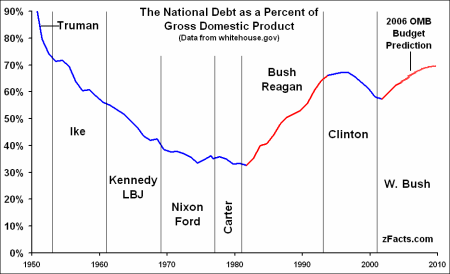This post is the promised (and long-awaited) follow-up to the
post called "Flat Tax" that I made a while ago (July 5, 2007, to be exact). This one could be entitled, "We Already Have a Flat Tax (More or Less)." (For this post, I'm indebted to Kevin Drum who collected the data
here that I've been meaning to find to make the argument. Actually a lot of it came from
this NY Times source page and
this article, too.)
Here is exhibit A:

This graph (more information
here) shows that our income taxes combined with payroll taxes produce rates that are moderately progressive until you reach the top two tiers, which comprise the highest 5000 earners or so. Then the rate becomes regressive.
Here is exhibit B:

This one combines all of the taxes we pay into one composite rate: income and payroll taxes, plus sales taxes, property taxes, and excise taxes. Notice that the final rates are pretty flat--18%, 14%, 16%, 18%, and 19% per quintile. The wealthiest pay one percent more of their income in taxes compared to the poorest.
Those who argue for a "flat tax" really mean that they want a flat rate for income tax (and no estate taxes). The effect of such a policy would be to make the full picture of all the taxes a regressive rate. The wealthy would end up paying a much smaller percentage in taxes as compared those of low or middle incomes.
Furthermore, it would bankrupt our government so that we would have to make major cuts in either (a) defense, (b) Medicare and Medicaid, or (c) Social Security. Finally, the evidence suggests that such cuts will not be made, and so such attempts in the past have only led to skyrocketing national debt, i.e., increases in the national debt as a share of the GDP (see graph below for evidence of this).




